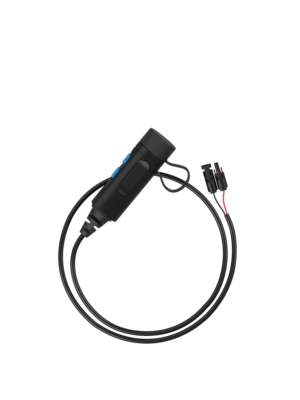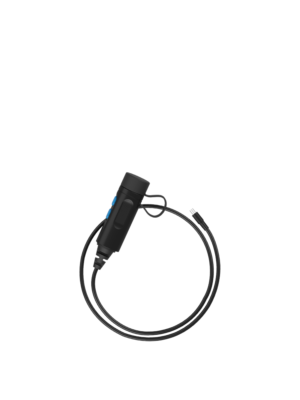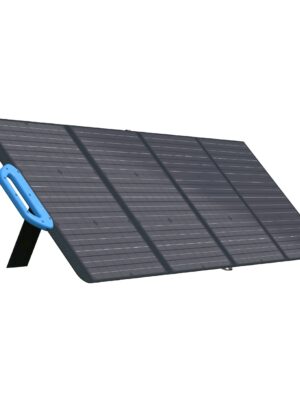15 Tips for Homesteading on a Budget
If you ask homesteaders how much it costs to start and keep up the homestead, you’ll get a wide range of answers. How much it costs you to homestead will depend largely on where you live and your homesteading goals.
But the good news is that homesteading on a budget is possible! Your budget doesn’t have to hinder your homesteading dream.
In fact, many of the things you want to do as a homesteader take virtually no money. Read on for 15 tips for homesteading on a budget.
1. Start Small
Many beginning homesteaders think they have to switch from their traditional ways of living to homesteading overnight.
When we think this way, we see dollar signs because it means replacing all the old with the new right away.
Shift away from this type of thinking.
Instead, homesteading on a budget means starting small.
For example, instead of going from urban living to homesteading with acres of farmland, start your homesteading journey in your current environment.
Get your feet wet by seeing what homesteading tasks, such as composting or kitchen gardening, you can start now with your minimal space and budget.
Similarly, look for ways to start small and grow.
For example, instead of building and filling an entire greenhouse during your first year of homesteading, start with a small garden.
2. Identify Needs Versus Wants
Homesteading on a budget requires identifying your needs versus your wants.
You may have Little House on the Prairie dreams, but your budget may not be there yet.
Start by thinking of your goal as a homesteader.
If the goal is to be more self-sufficient, make a list of the things you need to be self-sufficient.
For instance, survival means food.
You may prioritize planting produce and raising chickens to ensure your family has food for survival.
Does that mean you need acres for gardening or a farm with several animals? No.
You may want that in the future, but it isn’t what you need right now.
3. Buy Used
Homesteading on a budget looks like always buying used.
Make it a goal never to buy anything new if you can help it.
You don’t need new clothes, new canning jars, or new equipment. Head to thrift shops and garage sales for your shopping.
4. Embrace DIY
Homesteading is all about self-sufficiency, so become a master at DIY.
Before you buy something or pay someone to do a job for you, see if you can do it yourself.
Look up guides online, watch YouTube videos, or visit the library to find free resources to teach you how to do home repairs yourself.
Learn how to make your own cleaning products and soaps.
Embrace sewing and crafting.
[Related Read: Homesteader’s Guide to Making DIY Cleaning Products from Scratch]
5. Find Community
If you want to be successful as a homesteader, you need to find community.
Homesteading is about self-sufficiency, but that doesn’t mean doing everything on your own all the time.
It’s a learning process, and who better to learn from than fellow homesteaders?
You can learn from one another.
Plus, you can barter and borrow when there are needs rather than spending money at big-box stores.
6. Compost
Composting is one of the best things you can start doing as a homesteader.
Not only is it good for the environment, but it will also help you a lot when gardening, as compost becomes a great fertilizer.
Best of all, composting is perfect for homesteading on a budget because it is basically free.
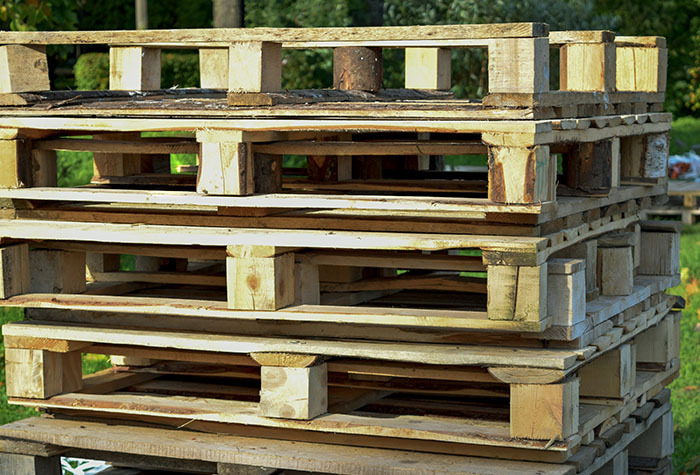
7. Find Free Building Materials
Visit any homestead, and you will find pallets and scraps of leftover materials.
This is because homesteaders see the beauty and usefulness of scrap piles.
Always be on the lookout for free building materials.
If you happen to see someone throwing away items that could be useful on your homestead, reach out and ask if you can load it up and take it home instead.
8. Forage for Edible Food
When it comes to survival, food is essential.
This is why foraging is a useful skill for everyone, not just homesteaders.
Homesteaders, on the other hand, go foraging to supplement their food pantries and medicine cabinets.
It costs nothing to find edible plants, but their uses add up.
9. Borrow Tools
Homesteading requires various tools – but many of these tools are only used once or twice a year.
With this in mind, don’t go out and buy expensive new (or used) farm equipment before asking around to see if there is someone you can borrow the same tool from.
If you find a homesteading community, you will likely discover different people own different equipment for this very reason.
If you haven’t yet found a homesteading community, look into renting equipment rather than buying it.
You may find it is cheaper to rent equipment that you use just a couple of times rather than buy it.
10. Preserve Food
Homesteading on a budget should prioritize preserving food.
You don’t want any food to go to waste, and you want that food to last through the winter. (If it doesn’t, you have to head back to the grocery store.)
You do this by learning how to preserve food.
Many new homesteaders, and those homesteading on a budget, use canning for preservation because it is one of the less expensive options.
[Related Read: Canning Meals: The Ultimate Time-Saver]
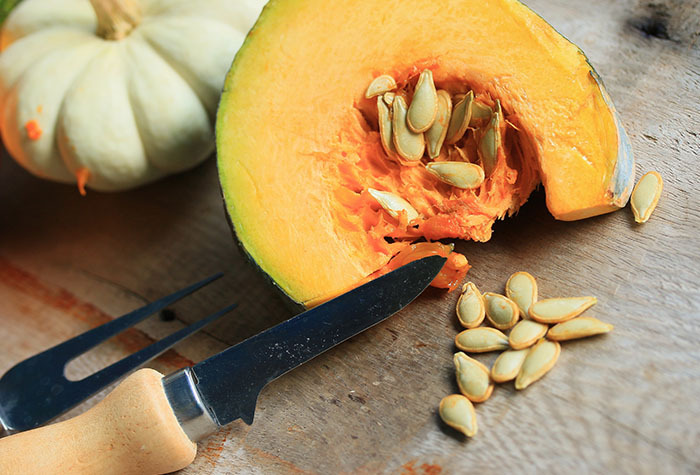
11. Save Seeds
Homesteading means thinking long-term.
You don’t focus on just one season – you are constantly thinking about the next season and the next.
That’s why it is important to learn how to save seeds.
If you learn how to save seeds, you ensure you can continue your harvest year after year.
If you don’t save seeds, you will need to spend money each growing season on new seeds.
12. Get Chickens
If homesteading means self-sufficiency, you need to think about food sources.
This is why so many homesteaders have chickens. Chickens provide eggs and meat.
And they are relatively inexpensive.
However, this goes back to tip number one: start small.
Don’t think you need to have a fancy chicken coop filled with hens as soon as you begin homesteading.
Buy what you can afford on your budget. Make your own chicken coop using scrap metal and pallets.
13. Buy Meat Directly
If your budget doesn’t leave room for cattle, there are still ways to get around buying meat at the grocery store.
For example, visit a local butcher or a local meat processor.
Share the cost of a whole cow for meat with friends and family.
14. Cut Cable
To achieve your homesteading dreams, you may need to make some sacrifices.
One sacrifice could be cutting cable.
With the numerous ways to enjoy television and movies via streaming (or free DVDs at the local library), you can save a big chunk of change by cutting cable.
15. Earn Extra Money
If you are on a tight budget, look for ways to boost your income on the homestead.
For example, if you have learned how to DIY homemade products, sell them.
If you have chickens, sell eggs.
Offer sewing or food preparation services.
Please Support Our Sponsors
Solar Power Generator Discounts Along With Free Shipping
- 10% OFF for Jackery Solar Generator 2000 Pro Series with code "JADEAL"
- 10% OFF for Jackery SolarSaga 200W Solar Panel with code "JADEAL"
- 10% OFF for Jackery Solar Generator 1500 Series with code "JADEAL"
- 10% OFF for Jackery Solar Generator 1000 Series with code "JADEAL"
- 10% OFF for Jackery Explorer 1500 Portable Power Station with code "JADEAL"
- 10% OFF for Jackery Explorer 1000 Pro Portable Power Station with code "JADEAL"
- 10% OFF for Jackery Explorer 500 Pro Portable Power Station with code "JADEAL"
- 10% OFF for Jackery Explorer 300 Pro Portable Power Station with code "JADEAL"
- 10% OFF for Jackery SolarSaga 100W Solar Panel with code "JADEAL"

The University of Georgia is represented by the Georgia Bulldogs . The Bulldogs participate in the Southeastern Conference's (SEC) Eastern Division of the NCAA.
They play their home games in the storied Sanford Stadium in Athens, Georgia. The first season in Georgia was in 1892. In 1942, 1980, and 2021, the Georgia Bulldogs won three national championships.
The Georgia Bulldogs have additionally been crowned the National Champion in four additional seasons by at least one polling organization (1920, 1927, 1946 and 1968).
The Georgia Bulldogs are tied for second place in conference history with their 15 conference titles, including 13 SEC titles, and their 59 bowl appearances, which ranks second all-time.
In addition, the program has produced five top picks in the National Football League (NFL) draft, two Heisman Trophy winners, numerous winners of various national honors, and many others.

Longhorns football represents the University of Texas in Austin often known as Texas, UT or the Texas Longhorns. The Longhorns represent the Big 12 Conference in the NCAA Division. They play in Austin, Texas, at the Darrell K. Royal-Texas Memorial Stadium.
The Texas Longhorns are ranked third and seventh, respectively, in terms of all-time wins and win-loss records, with over 900 victories and an overall win-loss percentage of.705.
The legendary program also boasts four national titles, 32 conference titles, 100 First Team All-Americans, and two Heisman Trophy winners.
Get your Texas Longhorns Revival T-Shirt today. The Texas Longhorns Rustic Revival shirt is also a fan favorite.
Many college sports fans like to wear their gear all around town, get your Texas Longhorns Centered gear and show your support.





 Gettr
Gettr







